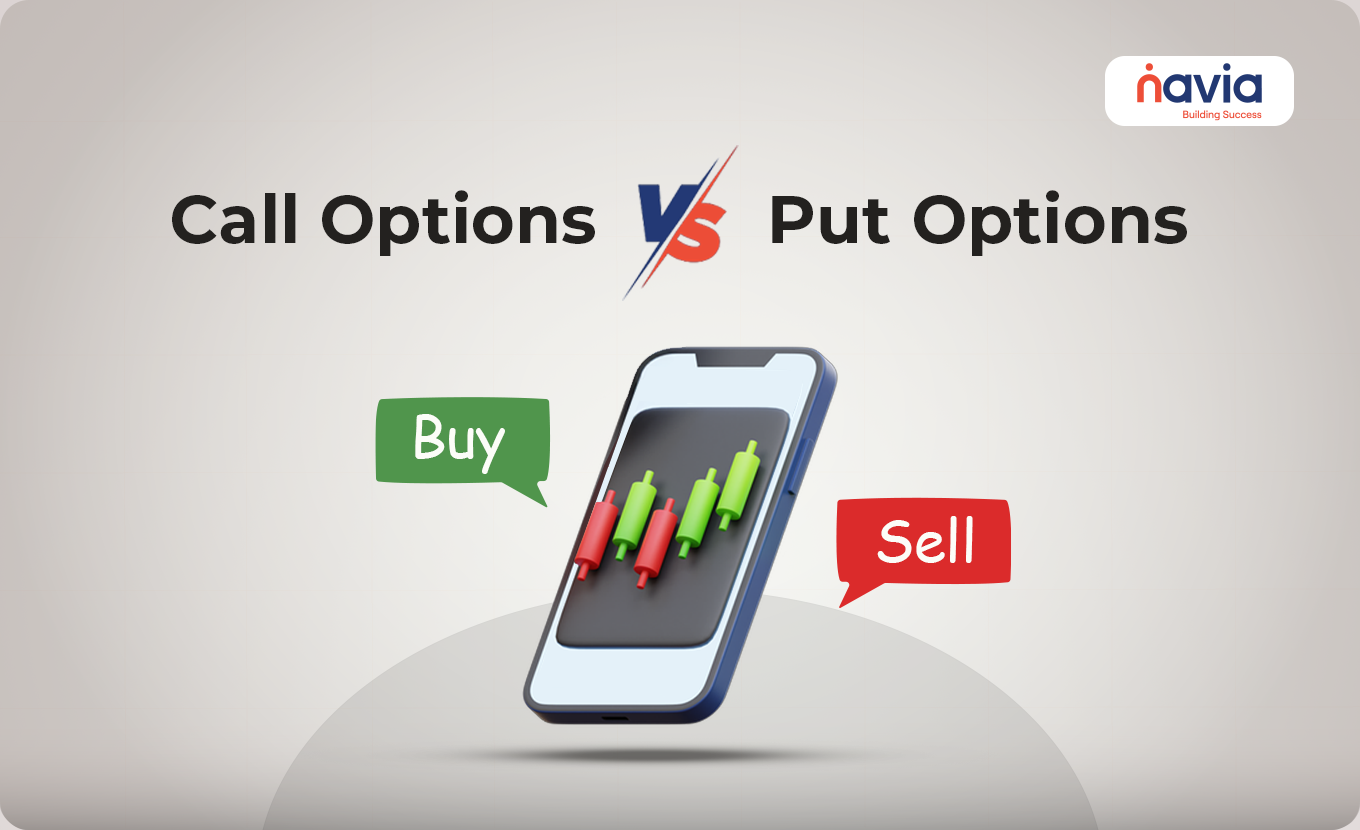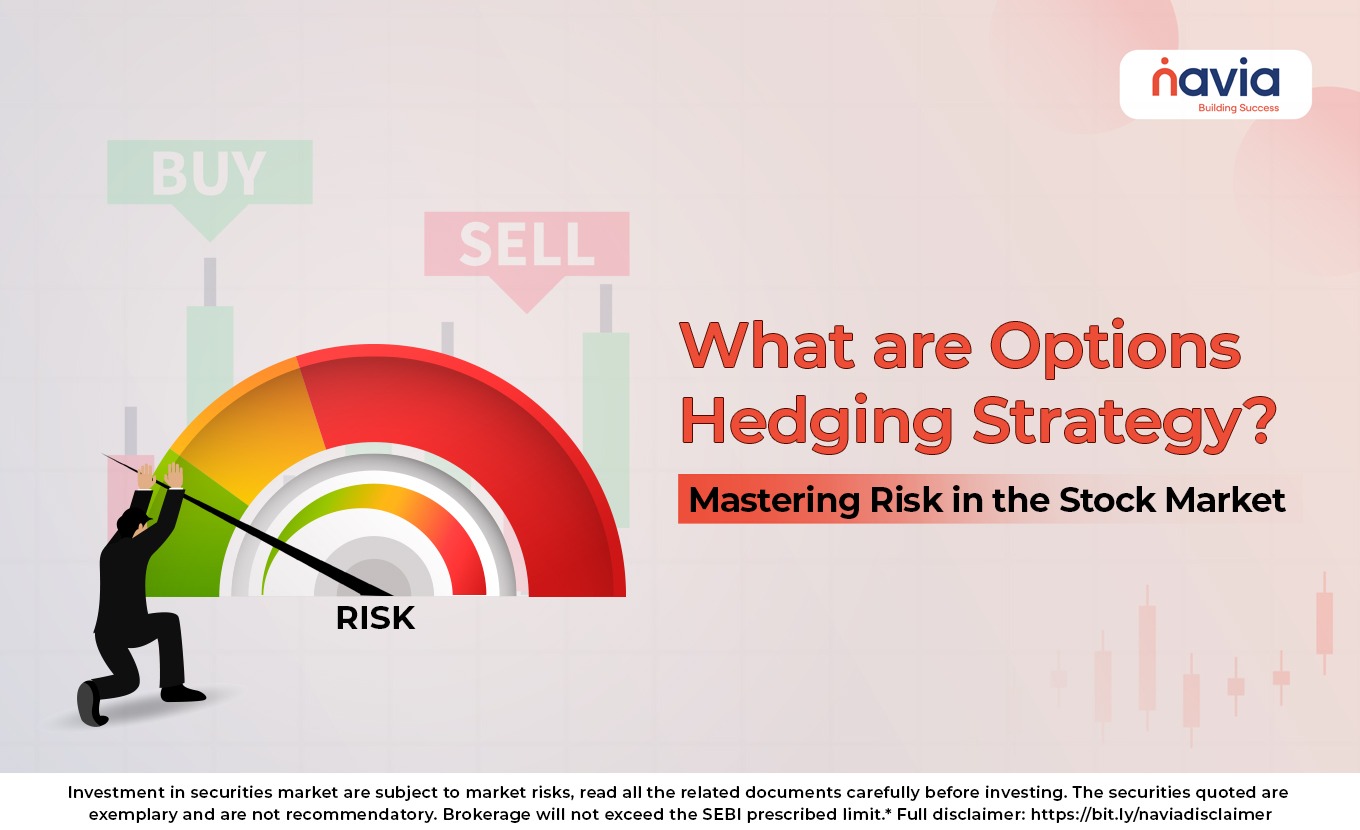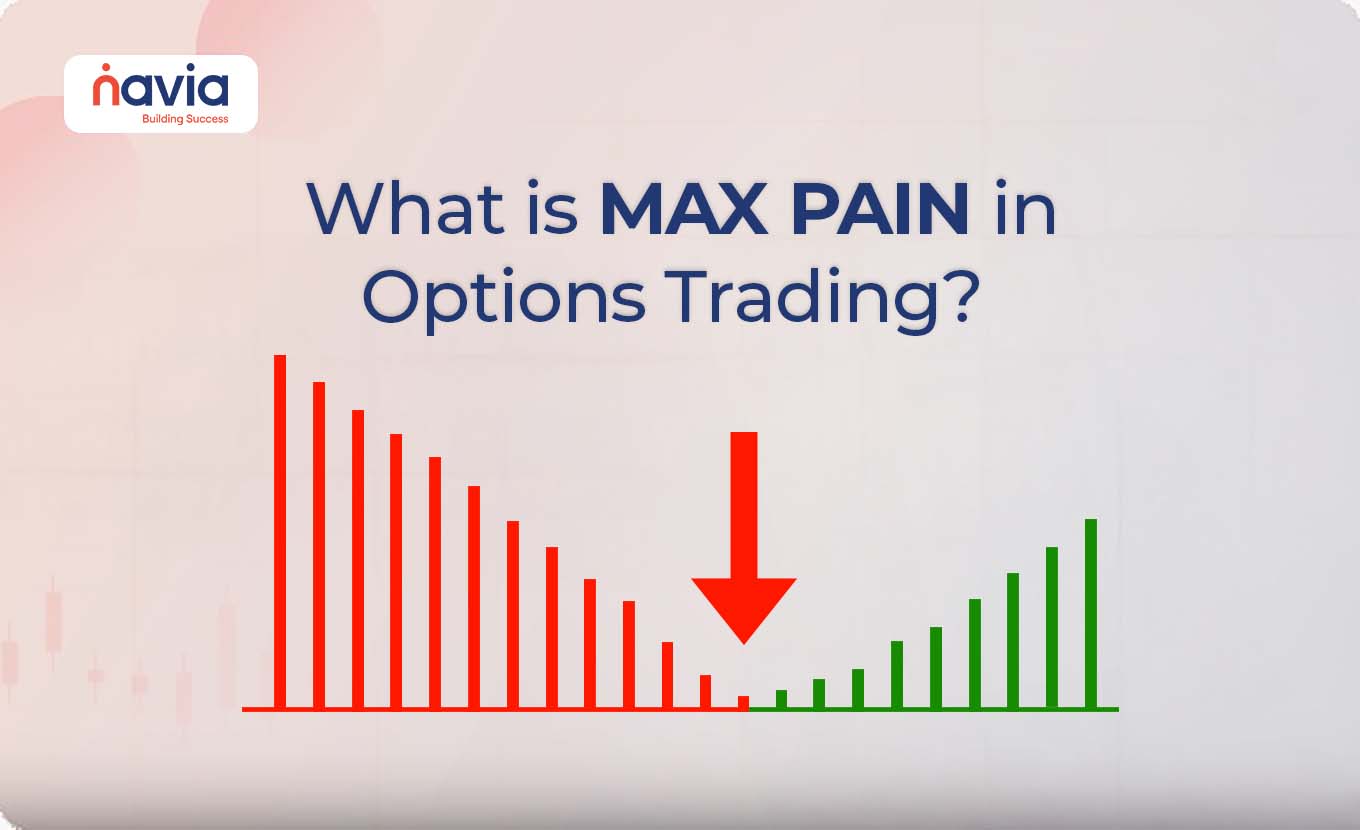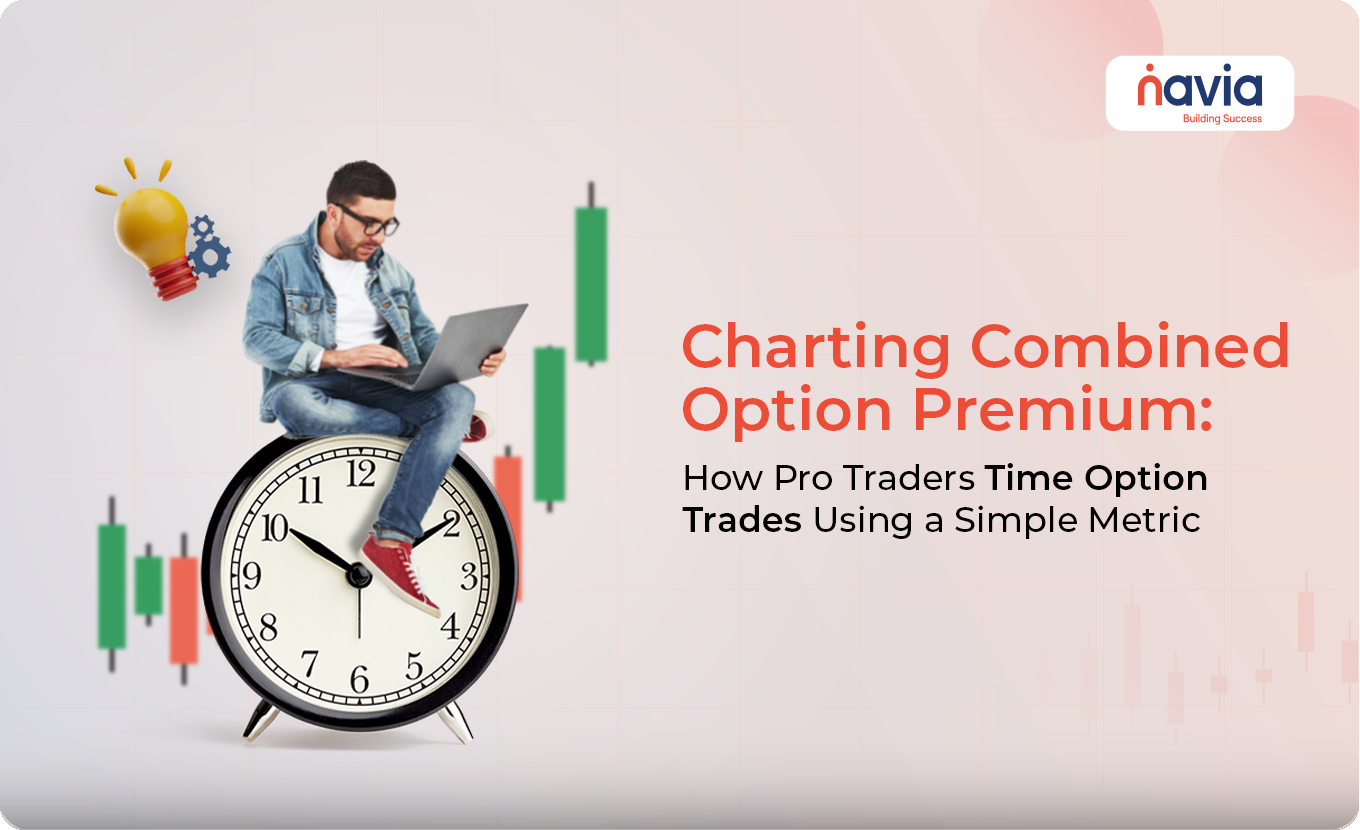Call Options Vs. Put Options

Introduction
“If you are trading futures, you have no future. If you trade in options, you have plenty of options.” – P. R. Sundar (options trader)
Options trading is becoming popular among investors because it has the power to manage risk more effectively. But most of the common beginner questions are what is call options vs put options and what are the differences between put and call options.
In this blog you can understand the basics of Call and Put Options and key differences in a simple way.
What are Call and Put Options in the Stock Market?
Let’s clarify what is call & put option is in stock market terms. Options are financial agreements that offer investors the right (not obligation) to purchase or sell an asset at a fixed price before the expiration date of the options. The two types of options are;
🔸 Call Options: The right to buy underlying stock
🔸 Put Options: The right to sell underlying stock
These financial contracts are used for speculation but also for hedging against market volatility. The call option is used when the investor thinks that the underlying stock price will increase before the expiry date, but a put option gives the right to sell a stock at a fixed price. Both call and put options are used to protect against risks, but they are playing with their own risks and rewards. If an investor deeply understands these options, they can get more tools to navigate the stock market and manage their portfolios effectively.
Difference Between Call and Put Option
| Features | Call Option | Put Option |
| Meaning | A call option is a financial agreement that allows the buyer to purchase a stock at a fixed price (strike price) before the expiration, without being obligated to do so. | A put option is a financial agreement that gives the buyer the right, (not obligation) to sell a stock at a specified strike price before the expiry date. |
| Primary Use | Speculation on price increase or hedging | Speculation on price decrease or hedging |
| Market Behavior | Underlying asset price rises the value will increase | underlying asset price falls the value will increase |
| Profit Timing | Profit will be made when the asset price increases above the strike price. | Profit will be made when the asset price decreases above the strike price. |
| Example | An investor buys a call option at a strike price of ₹4,000 and a ₹100 premium. If the price increase to ₹4,500, they sell it at the market price and make profit of ₹400. If the price stands below ₹4,000, they lose their premium of ₹100. | A holder buys a put option at a strike price of ₹2,000, paying a ₹100 premium. If the stock drops to ₹1,800, they can sell at ₹2,000 and gain ₹100 per share. If the stock stays above ₹2,000 and they lost their ₹100 premium. |
Buying Call Options Vs. Buying Put Options
Call Options
You’re betting the asset’s price will increase through buying a call option. And you get the right (not obligation) to purchase the asset at the strike price before it ends. If the price increases as expected, you can sell it at the higher market price and make a profit.
Put Options
You’re betting the asset’s price will reduce through buying a put option. You get the right (but not the obligation) to sell the asset at the strike price before it ends. If it declines, you can sell it at the higher strike price and make a profit.
In simple words, call options gives you profit when the price increases, while put options profit from price declines.

Writing Call Options Vs. Writing Put Options
Writing Call Options
If an investor writes a call option, they are giving permission to others to buy the underlying asset at the fixed price. You receive the premium, but if the asset price increases above the strike price you are forced to sell it at a lower price.
Writing Put Options
If an investor writes a put option, they are giving the buyer the right to sell the underlying asset to them at the strike price. The writer receives the premium, but if the asset price falls below the strike price, they must buy the asset at the strike price (not market price), potentially incurring a loss.
Risk vs Reward – Call Option and Put Option
| Call Option | Put Option | |
| Risk | Limited to the premium paid | Limited to the premium paid |
| Reward | If the price jumps up above the strike price, the rewards are unlimited. | If the asset price is set below the strike price, the rewards are high. |
Both buyers of call and put options have limited risk, meaning they can only lose the premium paid. If the price increases, call buyers profit; if the price decreases, put buyers’ profit.
Final Words
Call and put options are the most powerful strategies that help the investors to easily manage risk and earn profit from market movements. Both provide limited risk with rewards, but you have to understand call option put option difference to make informed trading decisions.
Ready to trade smarter? Open your account with Navia today and start exploring the world of options with confidence!
Do You Find This Interesting?
Frequently Asked Questions
What are the advantages of buying options?
You can get many advantages from buying options that include limited risk, you can control large positions with a small amount, flexibility and it will protect against losses in a stock.
When should you sell a call option?
You should sell a call option when you expect the stock price to stay the same or fall, allowing you to profit from the premium received.
What are other strategies that involve selling options?
● Covered Call: Sell a call option while owning the underlying stock to earn premium income.
● Cash-Secured Put – Sell a put option while keeping enough cash to buy the stock if assigned.
● Iron Condor – Sell both a call and a put (with protective wings) to profit from low volatility.
● Credit Spread – Sell one option and buy another with the same type but different strike to limit risk.
● Strangle (Short) – Sell out-of-the-money call and put options, betting on minimal price movement.
How are call and put options taxed?
In India, profits from trading call and put options are usually taxed as non-speculative business income and taxed according to the individual’s income tax slab. Losses can be carried forward for up to 8 years. Additionally, Securities Transaction Tax (STT) is applicable when selling options. If trading is occasional, it may fall under capital gains, but this is less common for derivatives.
Can anyone trade put and call options?
Yes, anyone with a demat and trading account enabled for derivatives (F&O) can trade call and put options in India.
Which is better, Call options or Put options?
It depends on your market view and strategy. Call options are better if you expect the asset price to rise. Put options are better if you expect the asset price to fall. Both offer limited risk and can be profitable in different market conditions.
What factors influence option prices?
Underlying Asset Price (current price)
● Strike Price
● Time to Expiry
● Market Volatility
● Interest Rates
● Dividends
DISCLAIMER: Investments in the securities market are subject to market risks, read all the related documents carefully before investing. The securities quoted are exemplary and are not recommendatory. Brokerage will not exceed the SEBI prescribed limit.






